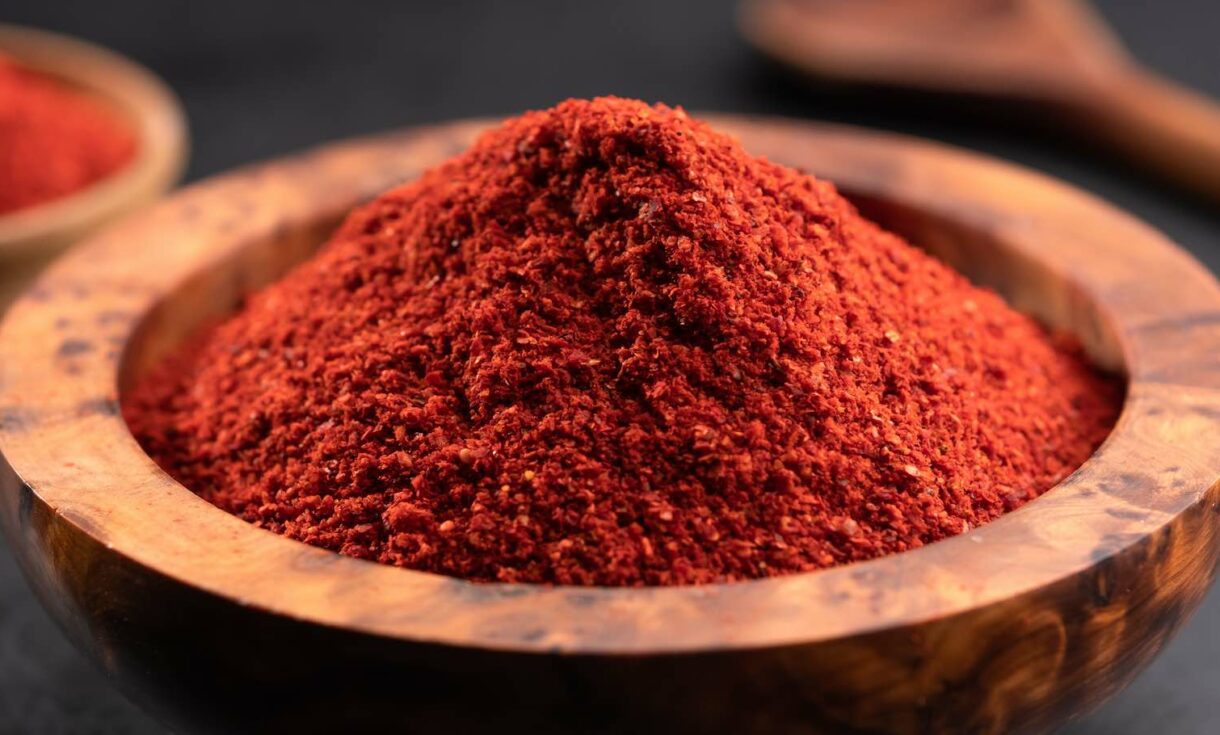- No. 268 Xianghe Street, Economic Development Zone of Xingtai city, Hebei 054001 China
- Byron@hbhongri.cn
Exploring the Trends and Factors Influencing Paprika Price Fluctuations
The Impact of Paprika Prices on Global Markets and Local Economies
Paprika, a vibrant spice derived from ground peppers, has not only invigorated culinary traditions across the globe but has also become an essential commodity in international trade. The price of paprika can fluctuate due to various factors, influencing both producers and consumers. In this article, we will explore the factors affecting paprika prices, its implications on local economies, and the challenges faced by producers in maintaining price stability.
The Factors Influencing Paprika Prices
1. Climate Conditions Paprika is a sensitive crop, highly dependent on specific climatic conditions. Droughts, excessive rainfall, or unexpected frosts can severely affect crop yields. Regions like Hungary, Spain, and parts of the United States are known for their paprika production. An unfortunate weather pattern in these areas can lead to a dramatic decrease in supply, thus driving up prices significantly.
2. Supply Chain Disruptions Transportation and logistics play a crucial role in the pricing of paprika. Natural disasters, geopolitical tensions, or even pandemics like COVID-19 can disrupt supply chains, complicating the transportation of paprika from farms to markets. These disruptions not only affect availability but also increase shipping costs, which are often passed down to consumers.
3. Global Demand The demand for paprika has seen an upward trend, not only for culinary purposes but also for its health benefits. As more consumers seek organic and natural products, paprika has become popular for its antioxidant properties and vibrant color. Rising global demand without a corresponding increase in supply raises prices, benefiting producers but potentially hurting consumers.
4. Cultivation Practices The methods used in growing paprika significantly affect its quality and yield. Traditional methods may yield lower quantities compared to commercial agricultural practices, while organic farming can also limit production volumes. As consumers become more health-conscious, organic paprika is gaining popularity, often commanding higher prices.
5. Market Competition The interplay of supply and demand in the global market can create competition among countries that produce paprika. If one country experiences a bumper crop, it can flood the market, lowering prices temporarily but also pressuring other producers. Conversely, a poor harvest can lead to competition for the limited supply, driving prices up.
The Implications of Paprika Prices on Local Economies
paprika price

For many rural economies, paprika production is a significant source of income. Farmers often rely on the sale of paprika to support their families and communities. A spike in prices can lead to enhanced economic strength for these farmers, enabling them to invest in better farming equipment, education, and healthcare.
However, volatility in paprika prices poses risks for these communities. A sudden drop in prices can devastate farmers' incomes, leading to economic instability. In some regions, farmers may have cultivated paprika for generations, and when prices fall, they may have no alternative crops ready to harvest. This reliance on a single cash crop makes them particularly vulnerable to market fluctuations.
Moreover, as paprika prices fluctuate, local markets and consumers face challenges too. Higher prices can make paprika unaffordable for some households, forcing them to adjust their cooking habits or purchase lower-quality substitutes. This shift can impact dietary habits and nutritional intake within these communities, particularly in lower-income regions.
Challenges for Producers
Producers of paprika face numerous challenges. The unpredictability of climate change poses a long-term threat to production. Additionally, many small-scale farmers lack access to the resources necessary to improve yield and quality, such as advanced agricultural techniques, financing, or even reliable market access.
Efforts to stabilize paprika prices must consider the welfare of producers, as well as the economics of supply and demand. Cooperative farming models, government support, and sustainable practices can help achieve a balance that benefits both farmers and consumers.
Conclusion
The price of paprika is not merely a number but a reflection of a complex web of factors that affect growers and consumers alike. Understanding these dynamics is crucial for developing strategies that can support sustainable production, fair pricing, and the well-being of communities reliant on this beloved spice. As the global appetite for paprika continues to grow, it becomes increasingly important to ensure that all stakeholders in the paprika supply chain are considered, supported, and included in discussions about the future of this valuable commodity.
-
The Versatile Uses and Benefits of Capsicum Frutescens Oleoresin and ExtractsNewsJun.03,2025
-
Paprika&Chili Products Enhancing Flavor and Wellness in Every BiteNewsJun.03,2025
-
Paprika Extract and Capsicum Applications in Food and IndustryNewsJun.03,2025
-
Exploring the Benefits and Uses of Turmeric Powder and Curcumin ExtractNewsJun.03,2025
-
Discover the Bold Flavor of Premium Chilli Powder from ChinaNewsJun.03,2025
-
Capsicum Oleoresin Extract: A Potent Natural Ingredient in Modern ApplicationsNewsJun.03,2025







